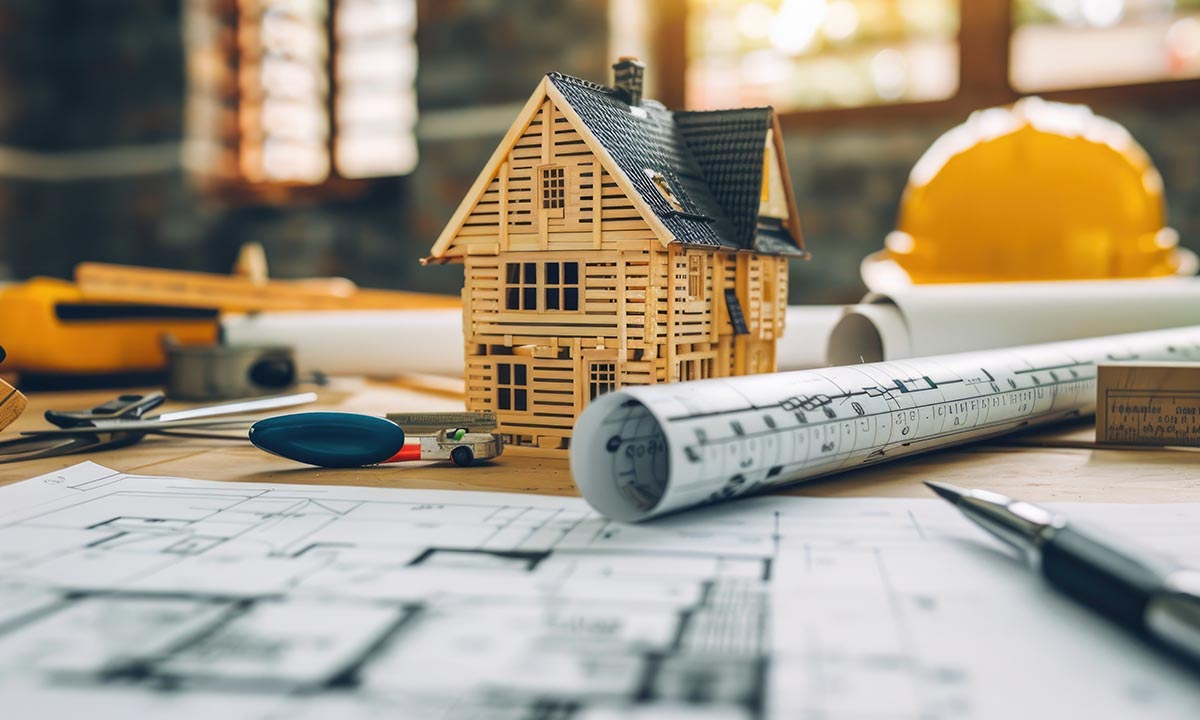
The Future of Building & Innovation
Introduction
The Australian construction industry is evolving rapidly, embracing new technologies, sustainable practices, and innovative building methods. As we move into 2025, the sector is set to witness groundbreaking transformations, making projects more efficient, cost-effective, and eco-friendly. From smart construction materials to automation and AI integration, the future of construction in Australia is all about innovation and sustainability.
In this article, we explore the top construction trends shaping Australia in 2025, helping builders, developers, and investors stay ahead of the curve.
1. Sustainable & Green Building Practices
With growing concerns over climate change, eco-friendly construction is becoming a top priority in Australia. Builders are focusing on energy-efficient designs, green building materials, and carbon-neutral projects.
Key Trends in Green Construction:
✔ Net-Zero Energy Buildings (NZEBs) – Buildings designed to generate as much energy as they consume. ✔ Sustainable Building Materials – Increased use of recycled concrete, bamboo, timber, and low-carbon cement. ✔ Smart Insulation & Passive Cooling – Enhancing energy efficiency in residential and commercial buildings. ✔ Green Roofs & Vertical Gardens – Improving air quality and reducing urban heat.
2. Prefabrication & Modular Construction
The demand for faster, cost-effective, and high-quality construction is driving the growth of modular and prefabricated buildings. This method allows for off-site construction, reducing waste, labor costs, and project timelines.
Benefits of Modular Construction:
✔ Faster Project Completion – Reduces building time by 50% compared to traditional methods. ✔ Cost-Effective Solutions – Saves on labor and material expenses. ✔ Eco-Friendly Approach – Less waste and reduced carbon footprint. ✔ Improved Quality Control – Manufacturing in controlled environments enhances precision.
3. Smart Homes & IoT-Integrated Buildings
The rise of smart technology is reshaping the Australian housing market. IoT-enabled homes offer greater security, energy efficiency, and convenience, making them a top trend in 2025.
Smart Construction Trends:
✔ AI-Powered Home Automation – Voice-controlled lighting, security, and climate systems. ✔ Smart Sensors & Predictive Maintenance – Real-time tracking of building performance and repairs. ✔ Energy Monitoring Systems – AI-based solutions to reduce electricity consumption. ✔ 5G-Enabled Smart Cities – Seamless integration of IoT, AI, and smart infrastructure.
4. AI, Robotics & Automation in Construction
The integration of Artificial Intelligence (AI) and Robotics is revolutionizing the Australian construction industry. In 2025, these technologies will enhance efficiency, reduce risks, and improve accuracy.
How AI & Robotics Are Transforming Construction:
✔ AI-Powered Project Management – Automated scheduling, budgeting, and risk analysis. ✔ Construction Robots & Drones – Used for site inspections, safety monitoring, and material transport. ✔ 3D Printing in Construction – Faster and more cost-effective on-site material production. ✔ Automated Machinery & Self-Driving Vehicles – Enhancing productivity and reducing manual labor.
5. Sustainable Infrastructure Development
Australia is investing in sustainable infrastructure to support urban expansion and eco-friendly city planning. The focus is on smart highways, renewable energy integration, and flood-resilient structures.
Upcoming Infrastructure Trends:
✔ Green Transport Systems – Expansion of electric vehicle (EV) charging stations and smart roads. ✔ Renewable Energy Integration – More buildings incorporating solar, wind, and battery storage solutions. ✔ Resilient Infrastructure – Flood-resistant roads and earthquake-proof buildings. ✔ Water Recycling & Conservation – Greywater systems for reduced water wastage.
6. 3D Printing & Advanced Construction Materials
3D printing is redefining the way buildings are constructed. In 2025, Australian builders will use 3D-printed structures for faster, more cost-effective, and eco-friendly developments.
Advantages of 3D Printing in Construction:
✔ Speed & Cost Efficiency – Reduces construction time and material waste. ✔ Sustainability – Uses recyclable and eco-friendly materials. ✔ Customization & Precision – Creates complex structures with ease. ✔ Reduced Labor Costs – Fewer workers required for on-site construction.
7. Digital Twin Technology & BIM (Building Information Modeling)
Digital Twin Technology and BIM are reshaping project planning and execution in Australia. These technologies enhance design accuracy, predict issues, and improve collaboration.
Benefits of BIM & Digital Twin in Construction:
✔ 3D Visualization & Simulation – Enables builders to test designs before construction. ✔ Real-Time Project Monitoring – Tracks progress, material usage, and structural integrity. ✔ Improved Safety Measures – Reduces risks by predicting potential failures. ✔ Seamless Collaboration – Enhances communication between architects, engineers, and contractors.
As Australia’s construction industry moves into 2025, sustainability, digital transformation, and automation will shape its future. From eco-friendly building materials and smart home integration to AI-driven project management and 3D printing, the sector is evolving towards efficiency, innovation, and environmental responsibility.
For businesses, builders, and investors, staying ahead of these trends means adapting to new technologies and sustainable practices. The future of Australian construction is here—embrace it, innovate, and build smarter!

